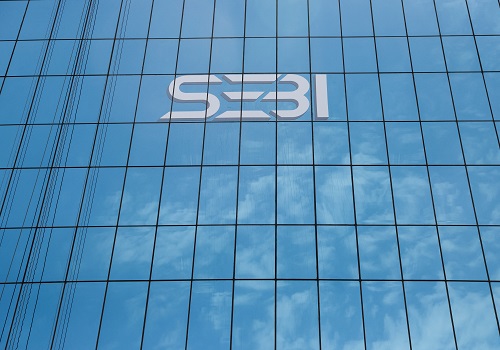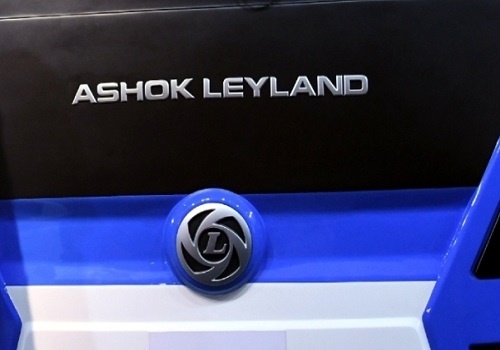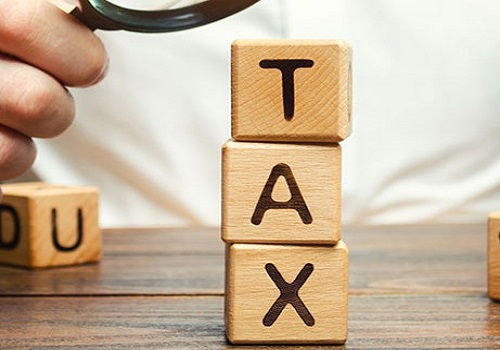Steps to reduce tax on employer contributions to your NPS | PNB MetLife

Follow us Now on Telegram ! Get daily 10 - 12 important updates on Business, Finance and Investment. Join our Telegram Channel
Each year, most employees in the private sector enjoy a hike in their salary. This rise in their payscale can range from 10% to 30%, depending on the policies of the employer. While a rise in salary is always welcome news, it most often comes hand-in-hand with a corresponding increase in the employee’s tax liability. Beyond a certain point, the taxpayer may be catapulted into the income slab that suffers the burden of the highest tax rate.
Fortunately, the Income Tax Act, 1961, comes with many provisions that can help with tax optimization. Certain expenses can be claimed as deductions from your income, while some income sources are fully or partially exempt from tax. There are also many tax-saving investment options that can help the average taxpayer bring down their taxable income. Some examples of investments that can reduce your tax burden include ULIPs, Public Provident Fund (PPF), tax-saving fixed deposits, and Equity-Linked Savings Scheme (ELSS), among others.
Life insurance plans and term insurance policies can also help you reduce your tax liability, since the premiums paid on your policies can be claimed as a deduction from your total income. You can learn more about Term Insurance by browsing the website for Term Plans offered by PNB MetLife.
The advantage offered by Nation Pension Scheme (NPS)
NPS is another excellent investment option that makes tax optimization easier for people paying higher taxes. Employees in the private sector can particularly benefit from this instrument. NPS investments qualify for deductions under section 80CCD(1) and 80CCD(1B). Here are the details.
Benefits under section 80CCD(1)
Investments made in NPS by the taxpayer can be claimed as a deduction from the total income, up to a maximum limit of Rs. 1.5 lakhs. This benefit is available to both self-employed individuals as well as salaried employees. Self-employed assessees can claim up to 20% of their gross income as a deduction, while salaried taxpayers can claim up to 10% of their salary (basic + dearness allowance).
Benefits under section 80CCD(1B)
Over and above the benefits offered by section 80CCD(1), self-employed and salaried assessees can claim investments in NPS up to Rs. 50,000 as a deduction from their taxable income. This provision is made by section 80CCD(1B) of the Income Tax Act, and for people in the 30% tax slab, it can result in a reduction of tax liability by around Rs. 15,600.
Employer’s contribution to National Pension Scheme
Salaried employees have another reason to prefer NPS over other investment options. In addition to the benefits offered for the employees’ own contributions to the scheme, the employer’s contribution also qualifies as a deduction. This provision draws power from section 80CCD(2) of the Income Tax Act.
Employer’s contribution to NPS can be deducted from the taxable income up to 10% of the employee’s salary (basic + dearness allowance). This benefit has no monetary limit, and it’s applicable to employees of the private as well as the public sector. Furthermore, this provision can help salaried employees save more tax each financial year.
Let’s take the case of Dheeraj, for instance. By utilizing the provisions of section 80CCD(2), he succeeded in reducing his tax liability by over Rs.41,000 Here’s how.
Dheeraj’s income statement before using the benefits of 80CCD(2)
Prior to taking advantage of the provision relating to employer’s contribution to NPS, Dheeraj paid greater taxes. Here’s a look at his income statement then.
|
|
Particulars |
Previous figures (in rupees) |
|
1 |
Basic salary |
12,90,000 |
|
2 |
Dearness allowance at 8% of basic salary |
1,03,200 |
|
3 |
Other taxable perquisites |
5,40,000 |
|
4 |
Total income under the head salaries (A) |
19,33,200 |
|
5 |
Investment in provident fund |
80,000 |
|
6 |
Premium paid for life insurance |
70,000 |
|
7 |
Total 80C deductions permissible (B) |
1,50,000 |
|
8 |
Total taxable income (A-B) |
17,83,200 |
|
9 |
Tax thereon |
3,47,460 |
To reduce his tax liability, Dheeraj asked his employer to restructure his salary by reducing the value of some of the taxable perquisites and redirecting those funds to the National Pension Scheme. After this minor revision, Dheeraj’s tax liability reduced by over Rs. 41,000, translating to a 12% reduction in taxes.
Dheeraj’s income statement after using the benefits of 80CCD(2)
Here’s a look at his income statement after these changes were effected.
|
|
Particulars |
Previous figures |
Current figures |
Comment |
|
1 |
Basic salary |
12,90,000 |
12,90,000 |
|
|
2 |
Dearness allowance at 8% of basic salary |
1,03,200 |
1,03,200 |
|
|
3 |
Other taxable perquisites |
5,40,000 |
4,00,680 |
Value of taxable perquisites reduced |
|
4 |
Employer's contribution to NPS |
Nil |
1,39,320 |
Amount equal to 10% of (basic + DA) redirected from taxable perquisites |
|
5 |
Total income under the head salaries (A) |
19,33,200 |
19,33,200 |
|
|
6 |
Investment in provident fund |
80,000 |
80,000 |
|
|
7 |
Premium paid for life insurance |
70,000 |
70,000 |
|
|
8 |
Total 80C deductions permissible (B) |
1,50,000 |
1,50,000 |
|
|
9 |
Section 80CCD(2) education © |
Nil |
1,39,320 |
Deduction is higher of actual contribution or 10% of (basic + DA) |
|
10 |
Total taxable income (A-B-C) |
17,83,200 |
16,43,880 |
|
|
11 |
Tax thereon |
3,47,460 |
3,05,664 |
Tax reduced by Rs. 41,796 (or 12%) |
The takeaway
It’s evident from this case study that by merely moving things around a bit and making use of the tax benefits associated with employer’s contribution to NPS, Dheeraj’s taxes reduced significantly. This goes to show that the National Pension Scheme can be a valuable investment option for tax optimization.
Sources:
[1] https://www.npscra.nsdl.co.in/tax-benefits-under-nps.php
[2] https://www.livemint.com/money/personal-finance/income-tax-benefits-on-nps-explained-in-5-points-1562844146444.html
*Tax benefits are subject to conditions and other provisions of the Indian tax laws and are subject to amendments made thereto from time to time.
Disclaimer:
The aforesaid article presents the view of an independent writer who is an expert on financial and insurance matters. PNB MetLife India Insurance Co. Ltd. doesn’t influence or support views of the writer of the article in any way. The article is informative in nature and PNB MetLife and/ or the writer of the article shall not be responsible for any direct/ indirect loss or liability or medical complications incurred by the reader for taking any decisions based on the contents and information given in article. Please consult your financial advisor/ insurance advisor/ health advisor before making any decision.
PNB MetLife India Insurance Company Limited, Registered office address: Unit No. 701, 702 & 703, 7th Floor, West Wing, Raheja Towers, 26/27 M G Road, Bangalore -560001, Karnataka.
IRDAI Registration Number 117. CI No: U66010KA2001PLC028883. For more details on risk factors, terms and conditions, please read the sales brochure carefully before concluding the sale.
The marks “PNB” and “MetLife” are registered trademarks of Punjab National Bank and Metropolitan Life Insurance Company, respectively. PNB MetLife India Insurance Company Limited is a licensed user of these marks.
Call us Toll-free at 1-800-425-6969. Phone: 080-66006969, Website: www.pnbmetlife.com, Email: indiaservice@pnbmetlife.co.in or Write to us: 1st Floor, Techniplex -1, Techniplex Complex, Off Veer Savarkar Flyover, Goregaon (West), Mumbai – 400062, Maharashtra. Phone: +91-22-41790000, Fax: +91-22-41790203
AD-F/2019-20/00343
BEWARE OF SPURIOUS PHONE CALLS AND FICTIOUS /FRAUDULENT OFFERS
• IRDAI is not involved in activities like selling policies, announcing bonus or investment of premiums. Public receiving such phone calls are requested to lodge a police complaint.
























